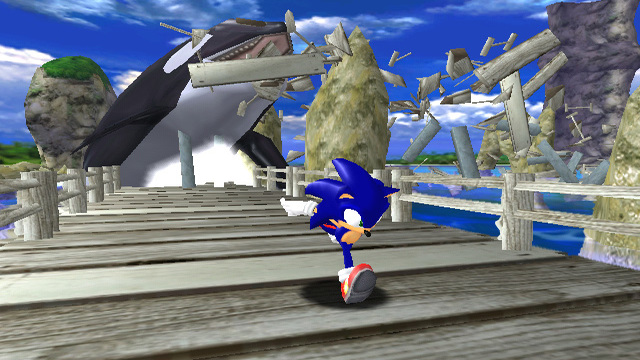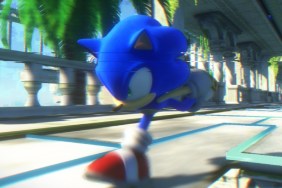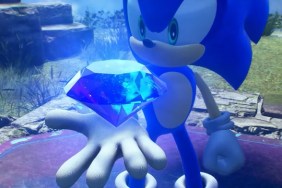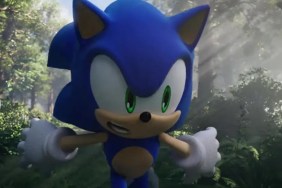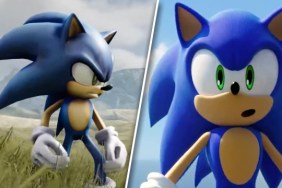Few gaming series have had the impact of Sonic the Hedgehog. The blue mammal managed to make Sega a household name in the ’90s, and a series of technically impressive 2D platformers made people think long and hard before choosing between a Super Nintendo and Sega Genesis. However, in December of 1998 it was time for Sega’s mascot to make his 3D debut and convince those that had skipped the Sega Saturn to buy a Dreamcast.
The end result was Sonic Adventure, a fast-paced 3D platformer that wound up selling over 2.5 million copies. It wasn’t just a commercial success, though, as the game was a technical marvel at the time and was praised for faithfully adapting the series’ gameplay over to three dimensions. It may have not been as ambitious as Super Mario 64, but it had more going for it than many of the more linear platformers at the time like Crash Bandicoot.
Since then, Sega has had mixed results with adapting Sonic to the 3D space. Sonic Adventure 2 found success with more of the same, but games such as 2006’s Sonic the Hedgehog and the action brawler Sonic Boom were critically derided and quickly became punchlines in the gaming community. So, how did Sega manage to get things right on their first go around?
What Sonic Adventure Did Right
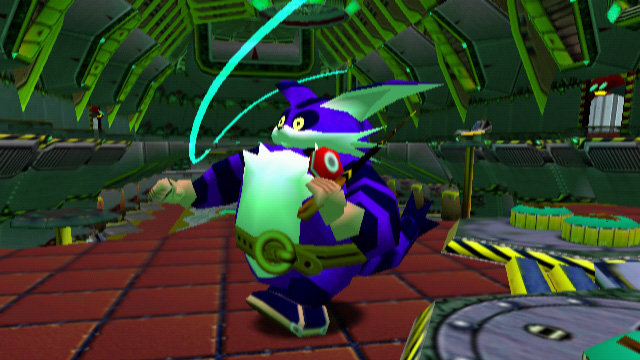
Despite some complaints of linearity, Sonic Adventure masked its straightforward design in brilliant ways. Not only was the game a delight to look at back in 1998, but there were six separate characters with their own story. I doubt many will fondly reminisce about Big the Cat’s fishing adventures in 2018 (even if the character has seen an ironic fanbase start to emerge in the past 20 years), but these segments certainly gave players a break from the constant running and jumping that a pure Sonic game would have.
The cast ensured that Sonic Adventure‘s gameplay had variety. Tails could fly through the air, Knuckles was able to climb walls, Amy added in melee combat, and then E-102 Gamma introduced laser beams into the mix. These are not huge additions, but they all combined into an experience that felt fresh when it released. It was the perfect way to format a title that was largely used to sell the average consumer on what the Dreamcast could do.
Sonic Adventure was also filled with some truly iconic moments. Who can forget the initial stage where players run through a tropical beach while several killer whales jumped around Sonic? Even if the player interaction during this segment was just pressing the control stick forward, it was difficult not to be impressed by the sheer technical marvel back then. Other memorable segments include the Perfect Chaos boss fight and the incredibly cinematic Speed Highway stage, which were later reused in Sonic Generations and wound up being some of the highlights of the nostalgia-soaked release.
Where Have Recent Sonic Games Gone Wrong?
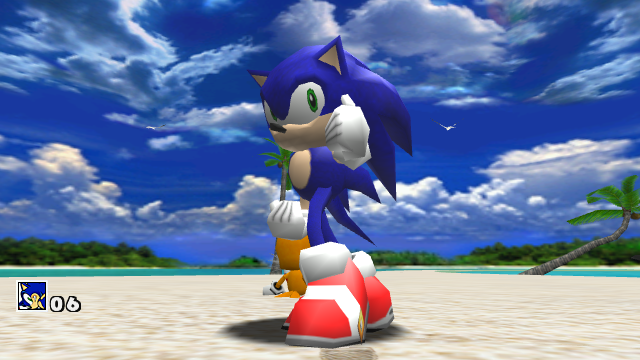
While Sonic Adventure‘s simplicity was a plus back in 1998, recent games that have stuck to the same formula have shown increasingly diminishing returns from it. Simply going fast in a 3D platformer isn’t all that impressive nowadays, and players expect more out of action scenes than just pushing the stick forward while everything cool happens around the character. The publisher simply hasn’t been able to move the series forward in a meaningful way from a design standpoint.
Part of that problem is the lack of scope. Despite releasing 20 years ago, there is a lot more exploration in Sonic Adventure than in the most recent 3D title in the series, Sonic Forces. If anything, we have seen a regression in complexity as Sega focused more on a few elements people liked (the fast-paced gameplay and cinematic sequences) over fleshing out the weaker areas. These type of scenes are still fun in a “turn your brain off and watch the colors quickly move around the screen” way, but they aren’t fulfilling or memorable.
The bar has been raised over the years due to increasingly great 3D Mario games and the platforming boom that happened on PlayStation 2. Sonic hasn’t grown in any meaningful way over the years, and many of Sega’s attempts at change have been laughingly bad. From Sonic Unleashed‘s plodding sequences that replaced the nimble blue hedgehog with a hulking “werewolf” to giving Shadow the Hedgehog guns in his spin-off title, there are no shortage of examples of Sega missing the mark. If anything, Forces at least took a step back mechanically in order to remember what people liked in the first place about Sonic. Hopefully, Sega can create another game in the future that is worthy to be a Sonic Adventure 3 in name, but it’s going to take a lot of reflection in order to do so.
